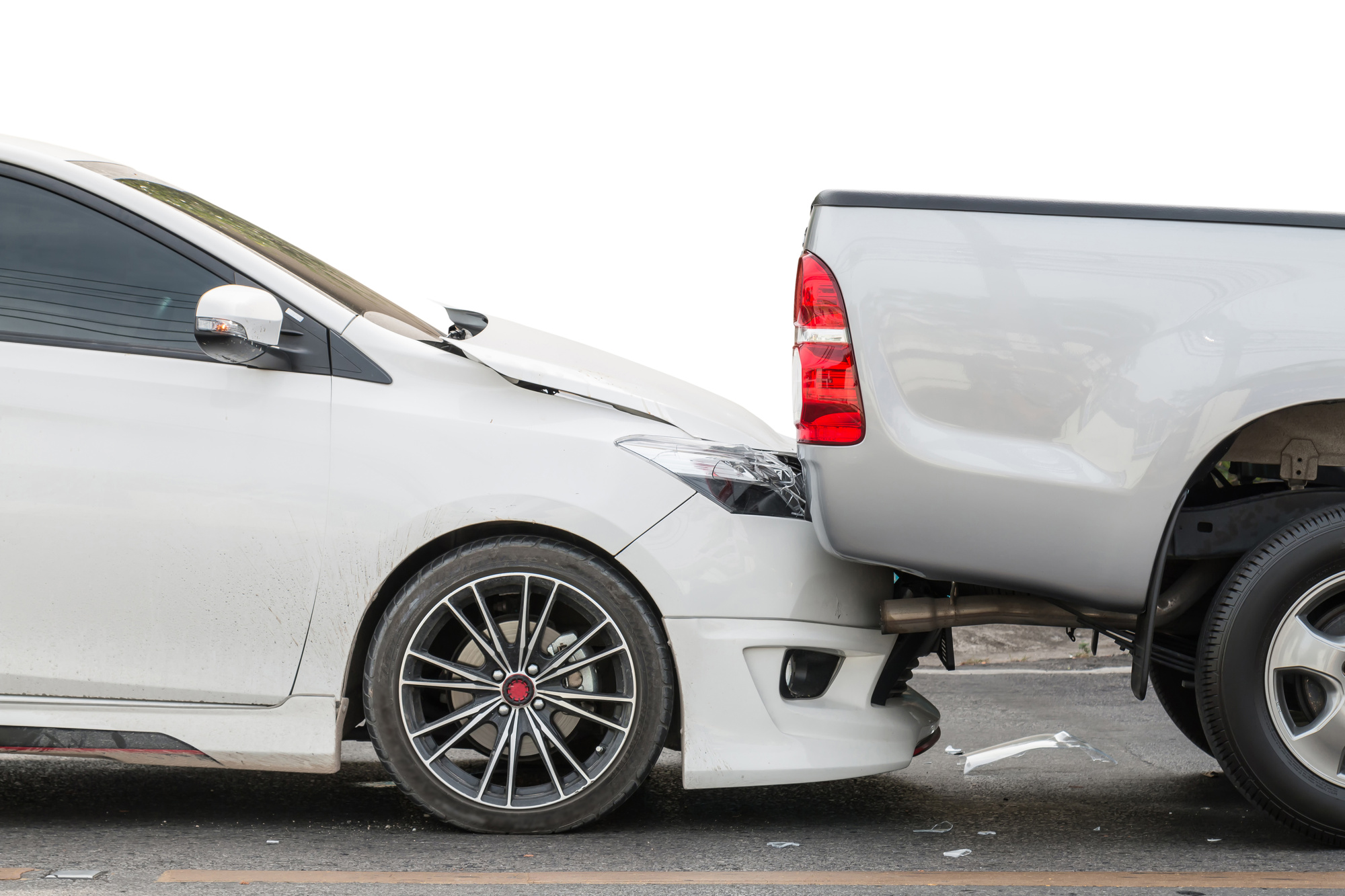
There is an average of 6 million car accidents that occur every year. While many of these accidents simply result in property damage, many others lead to bodily damage or even death.
There are all types of car accidents that can take place on the road. And by being aware of what those different types are, you can become a better and more defensive driver.
Interested in learning more? Continue reading and we’ll walk you through everything you need to know.
Head-On Collision
A head-on collision is when two cars are driving in the opposite direction and crash into each other, head-on. Although these kinds of accidents are fairly rare, they can be absolutely devastating to both parties and can also result in one or more wrongful deaths.
Drunk driving is a common cause of head-on collisions. Other times, drivers accidentally go the wrong way down a one-way street. Brake failure, distracted driving, and poor weather conditions can all also result in a head-on collision.
If you ever see a vehicle driving towards you, you should do whatever you can to get out of the way. This even means veering off the road if you have to.
If you do end up in a head-on collision, you will have to prove recklessness or negligence on the part of the other driver in order to recover damages. In order to prove negligence, you’ll have to show what the duty of care was for the other driver, how they breached that duty, and what your damages are.
Driving while fatigued or drunk is usually enough to be considered breaching one’s duty. In order to make sure you recover everything that you’re owned, it’s important that you hire an auto accident lawyer.
Rear-End Collision
Rear-end collisions are among the most common types of car accidents. In this kind of crash, one car hits another from behind. Luckily, this kind of accident is usually less devastating than head-on crashes and they tend to occur at slower speeds.
Typically, this kind of collision occurs when the front driver is stopping or slowing down and the rear driver is distracted and doesn’t brake in time. These accidents typically happen at stop signs, traffic lights, and on the highway during heavy traffic.
It’s usually assumed that the rear driver is the one who is at fault for a rear-end collision. However, the rear driver might be able to show that the front driver was at least partly at fault. They can usually do this if the front driver stopped short.
Rear-end collisions can also easily result in multi-car accidents if there is a long line of stopped cars at a traffic light.
Rollover Accidents
There are several reasons why a car might rollover. Certain SUVs and top-heavy cars are the most likely to rollover. These accidents can occur due to “tripping,” which is when a car’s tire hits something and pushes the car off-balance.
Defective tires, dangerous road conditions, and the design of the car can all result in a rollover. When this happens, passengers might be ejected from the car or the roof of the vehicle might collapse.
Side-Impact Accidents
Also known as a “T-bone” accident, this kind of collision is when a car is hit at an approximate 90-degree angle on its side. There aren’t any major structural barriers between the passenger and the driver in the car that’s struck in a T-bone accident, which means that the injuries will likely be severe.
A failure to yield, drunk driving, and distracted driving could all lead to a side-impact accident. For example, a driver who ignores a four-way stop sign might drive straight into an intersection and be hit by another vehicle. When this kind of accident occurs, the victim may be able to file a personal injury suit.
Side-impact collisions are almost always due to negligence. A plaintiff who brings a personal injury case will have to prove negligence on the other driver’s part. They’ll have to do this by showing that the other driver breached their duty of care and caused harm.
Whether you’re the victim of a side-impact crash or the one who caused it, you should still exchange insurance information with the other party. You should also document the damages and your injuries and contact the police.
The insurance of the other driver might want to take a recorded statement from you. What they’re really looking for is an admission that they’re not liable for the accident. Because of this, you always want to speak to your lawyer first before giving any official statement.
Hit and Run
After injuring another person with your car, it’s considered a hit and run if you then flee the scene. While every state considers it a crime, some also consider it to be a felony. If you’re caught, you could face jail time and hefty fines.
If you’re the victim of a hit and run, then you should document all of the evidence of the accident and cooperate with the police. Write down everything as soon as you can so you don’t forget any details about the offending car.
The Importance of Knowing About the Main Types of Car Accidents
As we can see there are all different types of car accidents out there. And while they can be scary to think about, knowing how they occur can help you to better avoid being involved in one.
Interested in reading other helpful articles? Check out the rest of our blog today for more!